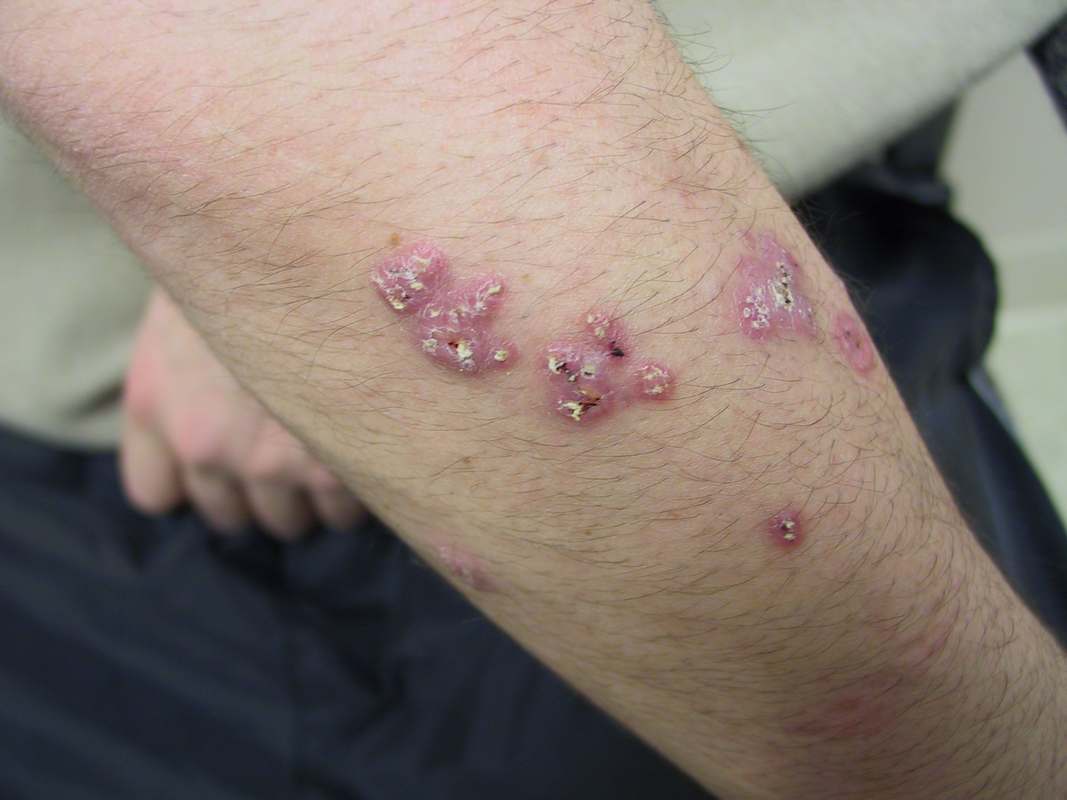How do I treat methotrexate neurotoxicity?
(Yes it's a thing)
Case from today
12yo M w/ ALL on methotrexate therapy presents with 1 day of worsening R facial droop and R sided weakness. MRI showed non-enhancing, hyperintense signal on T2 and flair consistent with MTX leukoencephalopathy.
Methotrexate
Folic acid antagonist
Used as chemotherapeutic agent or DMARD
May be given orally, IV, or intrathecally
Neurotoxicity
Can occur anytime after methotrexate use (hours to days to weeks)
Symptoms include seizure or stroke-like signs: hemiparesis, hemisensory deficits, aphasia, dysarthria, diplopia, dysphagia
Proposed Mechanism
Methotrexate interferes with metabolism of homocysteine
Homocysteine levels rise in blood and CSF
Downstream effect is NMDA receptor agonism as well as neurotoxicity
Treatment: Dextromethorphan
Theoretically, NMDA inhibitor could counteract these effects...
Dextromethorphan is a noncompetitive NMDA receptor antagonist.
Case series show improvement and even resolution of symptoms after administration of dextromethorphan.
Symptoms may resolve in minutes, but on average took half a day. Some patients still had neuro symptoms months later.
References
Afshar, M., Birnbaum, D., & Golden, C. (2014). Review of Dextromethorphan Administration in 18 Patients With Subacute Methotrexate Central Nervous System Toxicity. Pediatric Neurology, 50(6), 625–629. doi:10.1016/j.pediatrneurol.2014.01.048
Drachtman, R. A., Cole, P. D., Golden, C. B., James, S. J., Melnyk, S., Aisner, J., & Kamen, B. A. (2002). DEXTROMETHORPHAN IS EFFECTIVE IN THE TREATMENT OF SUBACUTE METHOTREXATE NEUROTOXICITY. Pediatric Hematology and Oncology, 19(5), 319–327. doi:10.1080/08880010290057336
Radiopedia: Methotrexate-related leukoencephalopathy <https://radiopaedia.org/articles/methotrexate-related-leukoencephalopathy?lang=us>






